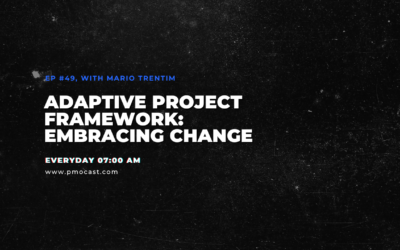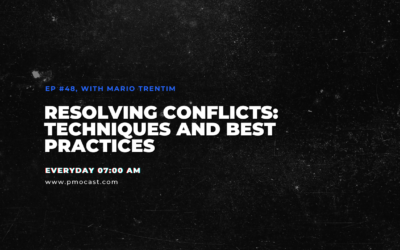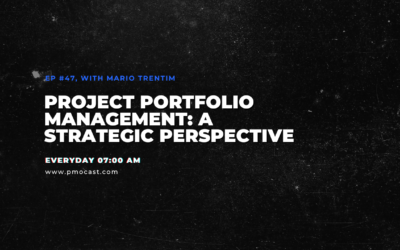Mastering the Triple Constraint: Achieve Project Success through Time, Cost, and Scope
Welcome back to PMOCast. In this edition, we delve into the core principle of project management, the triple constraint. The triple constraint – time, cost, and scope – forms the bedrock of successful project management. Understanding this principle enables project managers to deliver maximum value to stakeholders and manage projects with precision and competence.
The Power Trio of Project Management: Time, Cost, and Scope
Known also as the project management triangle or the iron triangle, the triple constraint comprises three interconnected factors:
1. Time: This represents the schedule and deadlines of the project.
2. Cost: This covers the project’s budget and resources.
3. Scope: This defines the project’s goals, deliverables, and requirements.
The trick to winning at project management lies in balancing these three elements. Tweaking one invariably impacts the others.
Time – The Ticking Factor
The project schedule sets the pace for the entire project. It lists out the milestones and deadlines for task completion. Efficient resource allocation and creating a realistic schedule are key to ensuring that the project stays on track.
Cost – The Currency of Success
Cost management involves resource allocation, expense control, and cost estimation. The goal for the project manager is to ensure the project stays within the set budget, making necessary adjustments to prevent overspending or underdelivering.
Scope – The Project Compass
The project scope outlines the what, how, and why of the project – its objectives, deliverables, and requirements. Managing scope effectively entails setting clear expectations, controlling changes to the project, and keeping the team on track to deliver stakeholder value.
Balancing the Triple Constraint
Successfully handling the triple constraint requires constant vigilance and adjustment. A change in the project scope might need more resources or time, impacting cost or schedule. Conversely, a reduced project budget may call for adjusting the scope or schedule to fit the available resources.
Here are some tips to balance the triple constraint:
· Develop a comprehensive project plan, including a realistic schedule, budget, and scope.
· Continuously monitor and control project progress, making necessary adjustments to maintain balance.
· Effectively communicate with stakeholders, making sure they understand how changes impact the project’s time, cost, and scope.
By mastering the triple constraint, you’ll be well on your way to delivering successful projects that meet stakeholder expectations and add value to your organization.
In our next blog, we’ll delve into different project management methodologies, such as Waterfall, Agile, and Hybrid approaches, to help you determine what best fits your projects.
Did you find this article helpful? Don’t forget to subscribe to PMOCast to never miss an article. Feel free to share this article with your friends and colleagues using the hashtag #PMOCast. If you have any questions or topic suggestions, we’d love to hear from you.
Thank you for your time, and we look forward to sharing more project management insights with you. Until then, take care and happy project managing!
Keywords: Triple constraint, Time, Cost, Scope, Project management, Project success, PMOCast.




0 Comments